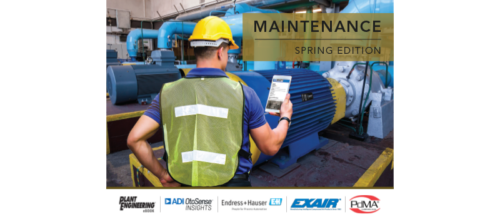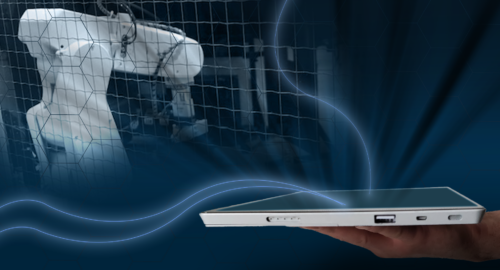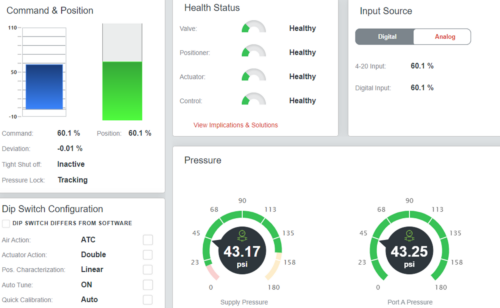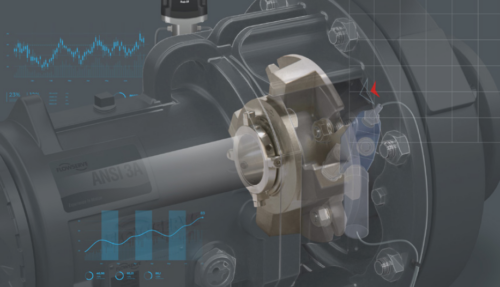Two things engineers consistently get wrong
There are two concepts that consistently show up as weak areas with engineers in manufacturing environments. The first is true in-depth "root causes" problem solving and the second is relying on technical solutions rather than culture change to solve problems.
As I think back over the years of site assessments, reliability implementation, and coaching of facilities and engineers globally there are two concepts that consistently show up as weak areas with engineers in manufacturing environments. The first is true in-depth "root causes" problem solving (this is different than the "engineers jumping to conclusions process" that many employ) and the second is relying on technical solutions rather than culture change to solve problems. They both go hand in hand but are only completed at a precursory level by many.
Let’s first look at "root causes" problem solving. I have put the quotation marks around it to say that I don’t believe that all problems need to be addressed at lowest root causes levels but the problem should be understood to that level so that the engineer truly comprehends the systemic and latent roots or drivers of the problem. These base roots many time rest in the culture of the facility and must be known to truly lower risk of reoccurrence. Secondly there is never just one root cause as there are multiple things that must have existed and instantaneously happen to allow unwanted events to occur hence the "s" on causes. This is why five why and fish bones, which are great for creating a culture of problem solving, are not the tools of serious engineering problem solving. You need to be able to see all of the causal factors that came together to create the event and determine all the possible ways the problem could be addressed to insure a solution is selected that lowers the risk of re-occurrence, creates the best business case, and is sustainable in the long term. Many times engineers go after technical solutions like redesign when the best business case is in changing the culture or behaviors that led to the event.
This brings us to the cultural change piece that is so often ignored as an option. We as engineers are trained to think about technical solutions and therefore many times ignore the people or cultural solutions. Some examples of these technical solutions are replacing a lubricated bearing with a sealed bearing to prevent lubrication based failures or changing adjustable components to fixed designs to prevent operator set up issues. These may be good solutions at the micro level but when the problem is macro and you have 100s of assets and components with these issues and the cost to implement can increase significantly. In these cases educating the work force on lubrication practices and set up requirements, and the included systems and processes can be lower total cost solutions. Behavior change is hard and can take much time and focus but the quantity of defects that can be eliminated or prevented is extensive. So as an example if a bearing failed due to over lubrication and we replace it with a sealed bearing and remove the fitting, a very technical solution, we have eliminated that one failure point but if we tackle lubrication and the cultural issue of precision maintenance as a whole we can correct lubrication issues more broadly and solve many thousands of over lubrication issues across the facility. We can still bring in technical solutions like UE Systems Grease Caddy to help ease the cultural change process but now we are focusing on causes that lie lower in the casual chain and more greatly reducing risk to the facility as a whole.
So in conclusion, if you are thinking about your personal development plan or that of your engineers you may want to consider developing a strong problem solving methodology that looks both deep into the problem and broadly into the contributing factors. It should have business case thinking weaved through out. It also needs a solid process for execution and follow up. It does not have to be complicated but you will need to provide the training required and ensure that your engineers can execute. And, they must consider the behavior or cultural change solutions with the technical solutions to the problems your facility faces. This will have substantial returns on your effort if you stay the course. Reach out to me if you want to hear the success stories others are having in this area.
This content is originally from ReliabilityNow.com, Edited by Anisa Samarxhiu, Digital Project Manager, CFE Media, asamarxhiu(a)cfemedia.com
Original content can be found at shonisenhour.blogspot.com.
Do you have experience and expertise with the topics mentioned in this content? You should consider contributing to our CFE Media editorial team and getting the recognition you and your company deserve. Click here to start this process.





